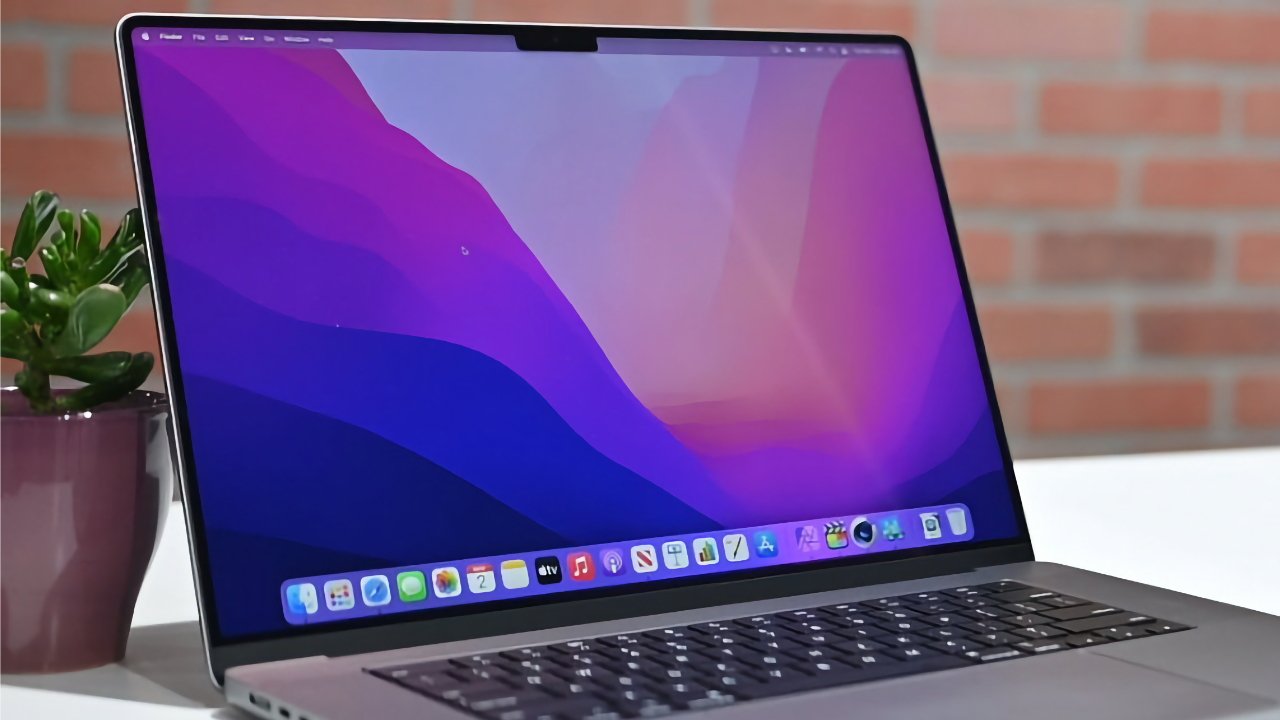MacBook Pro with OLED arrival rumor shifts again, this time back to 2026
A new supply chain report is putting yet another date on the calendar for MacBook Pro with OLED displays, with it now again said to arrive in 2026.

MacBook Pro with OLED screen delayed to 2027
In a supply chain report more focused on OLED demand for laptops, there is a small tidbit about MacBook Pro and when Apple's flagship will get the display tech. The report includes the iPad Pro, which the report says will triple demand for OLED screens in tablets, and going forward, will influence competitors' strategies to compete with Apple in this particular market.
What's of more interest in the report is a prediction for when OLED will arrive on the MacBook Pro.
"Apple is highly likely to incorporate OLED into its MacBook Pro models as early as 2026," Omdia's Senior Principal Ricky Park said in the report. "This move could spark a significant surge in OLED demand within the notebook market, potentially reaching over 60 million units by 2031."
It's not clear if Omdia has any particular insight gleaned from data it has discovered on the release timing, though. OLED MacBook Pro models have been rumored for some time. And, nearly all of those rumors have put it a year or more away, regardless of when the rumor was made.
OLED screens give higher contrast ratios and, since they require no backlighting, are both thinner and use less power than current displays. Apple has previously been reported to release a MacBook Pro with an OLED screen in 2024.
In a report about Samsung Display being the exclusive supplier, a rumor pushed the release back to 2025. A different supply chain report in February said that the migration would happen no earlier than 2027.
A migration to OLED for the MacBook Pro is obvious. While they currently use LCD, OLED offers advantages in terms of response time and contrast ratio.
However, due to the higher manufacturing cost associated with OLED, transitioning from LCD to OLED might only be considered when substantial consumer demand exists to support it. Apple's release of the technology on iPad before Mac may be to gauge consumer interest in potentially paying more for the technology.
LTPO displays are commonly found in high-end smartphones and smartwatch models. Apple uses the technology in iPhone, Apple Watch -- and now iPad Pro.
Rumor Score: Possible
Read on AppleInsider

Comments
If the MBP only goes up $100, $2499 16" entry model -> $2599, that would be worth it, especially if the base RAM goes from 18GB -> 24GB at the same price point. They could potentially fit OLED in the higher priced Macbook Air models too.
The benefit over the XDR display will be not having the noticeable backlight change when viewing HDR content, per-pixel brightness adjustment will be much more seamless. Burn-in could be an issue after 6-7 years but still a worthwhile trade-off.
It seems OLED manufacturers are addressing the issues with OLED tech faster than microLED manufacturers are at getting miniLED to be cheaper and mass manufactured. Same with the with miniLED. It wasn't able to address its issues faster than OLED manufacturers were able to address theirs. Hence, Apple settled on OLED for the next cycle of their products. MicroLED displays might come out still, it is just going to be later.
That is, the best tech won for this cycle.